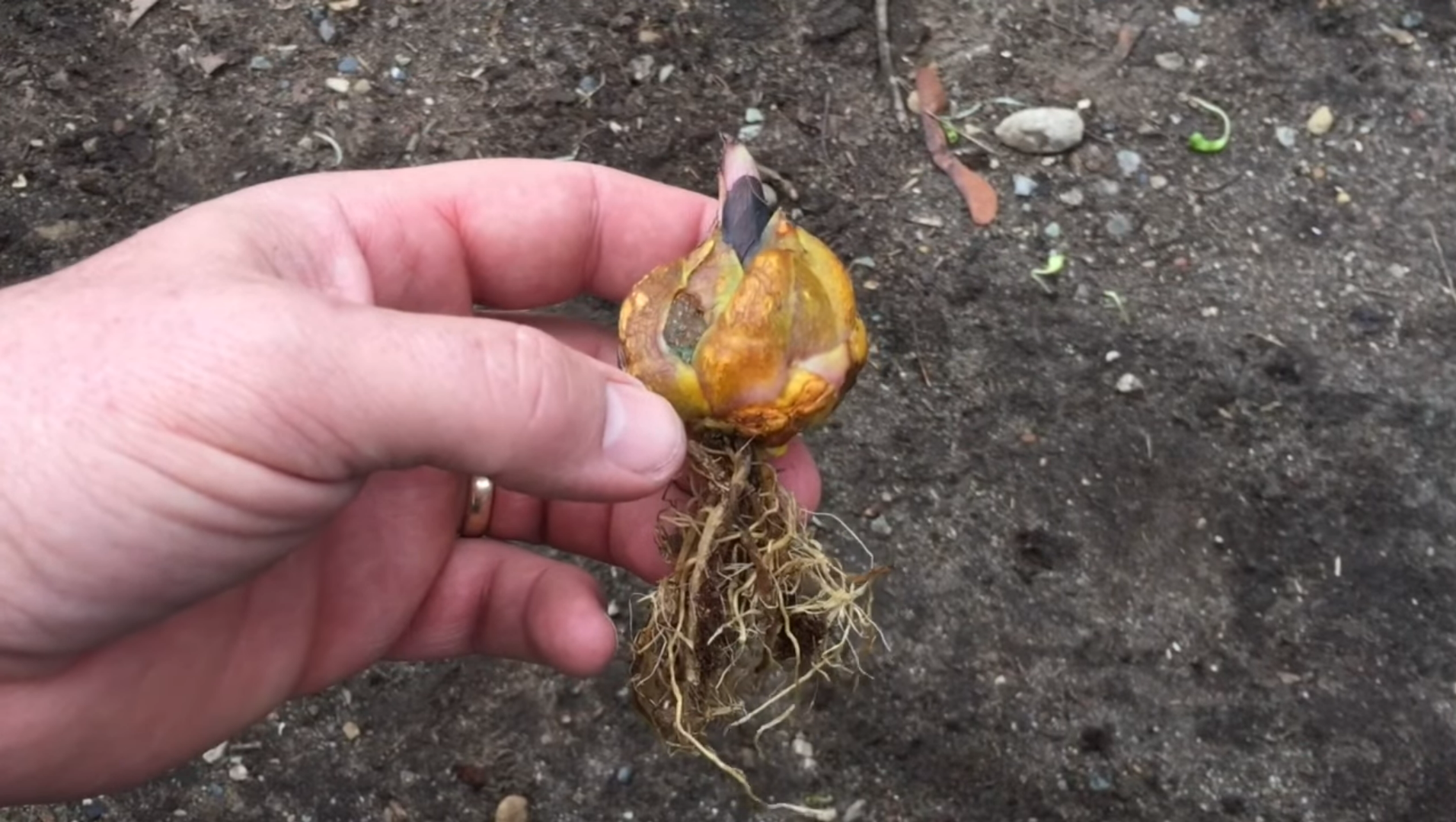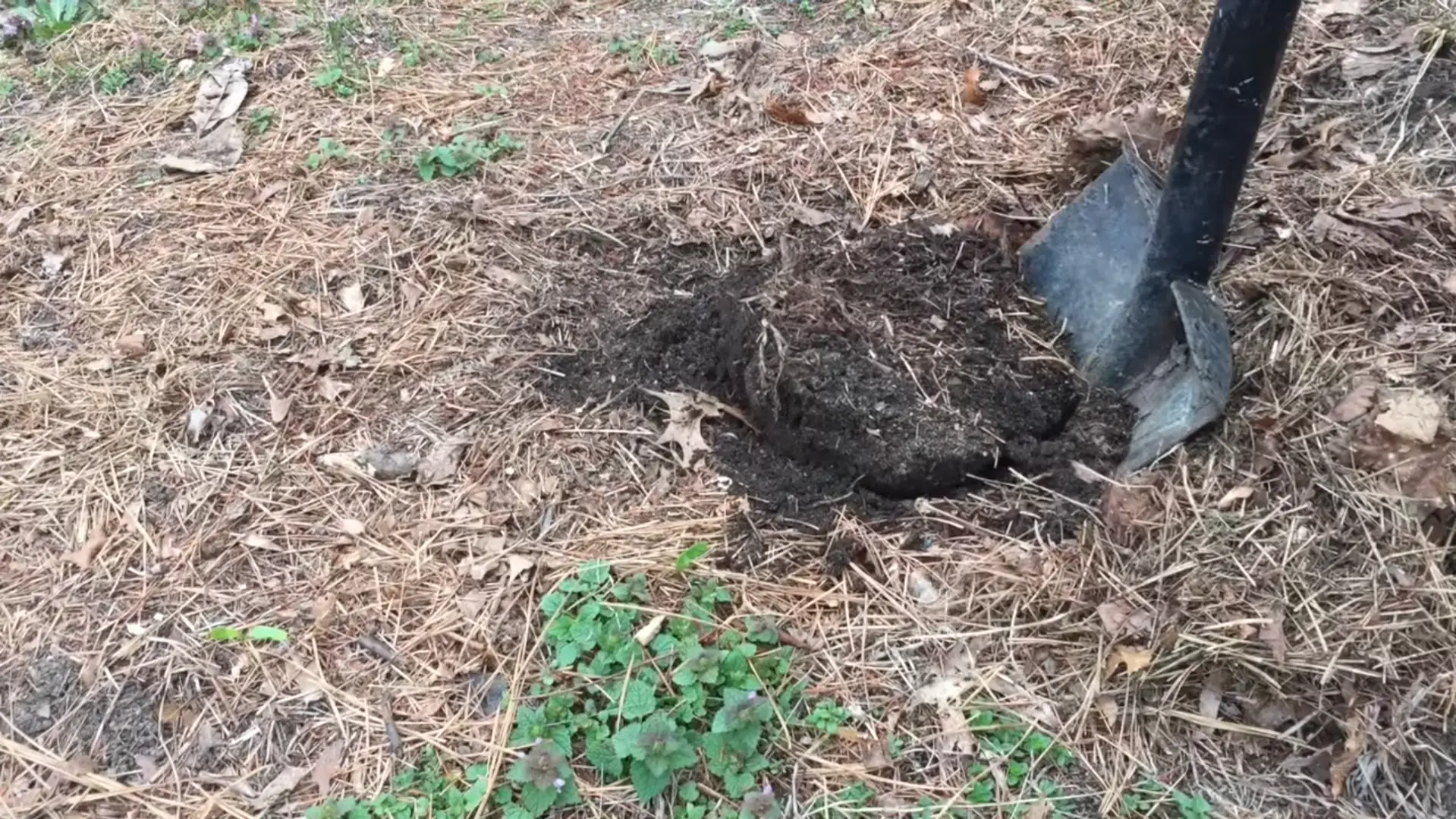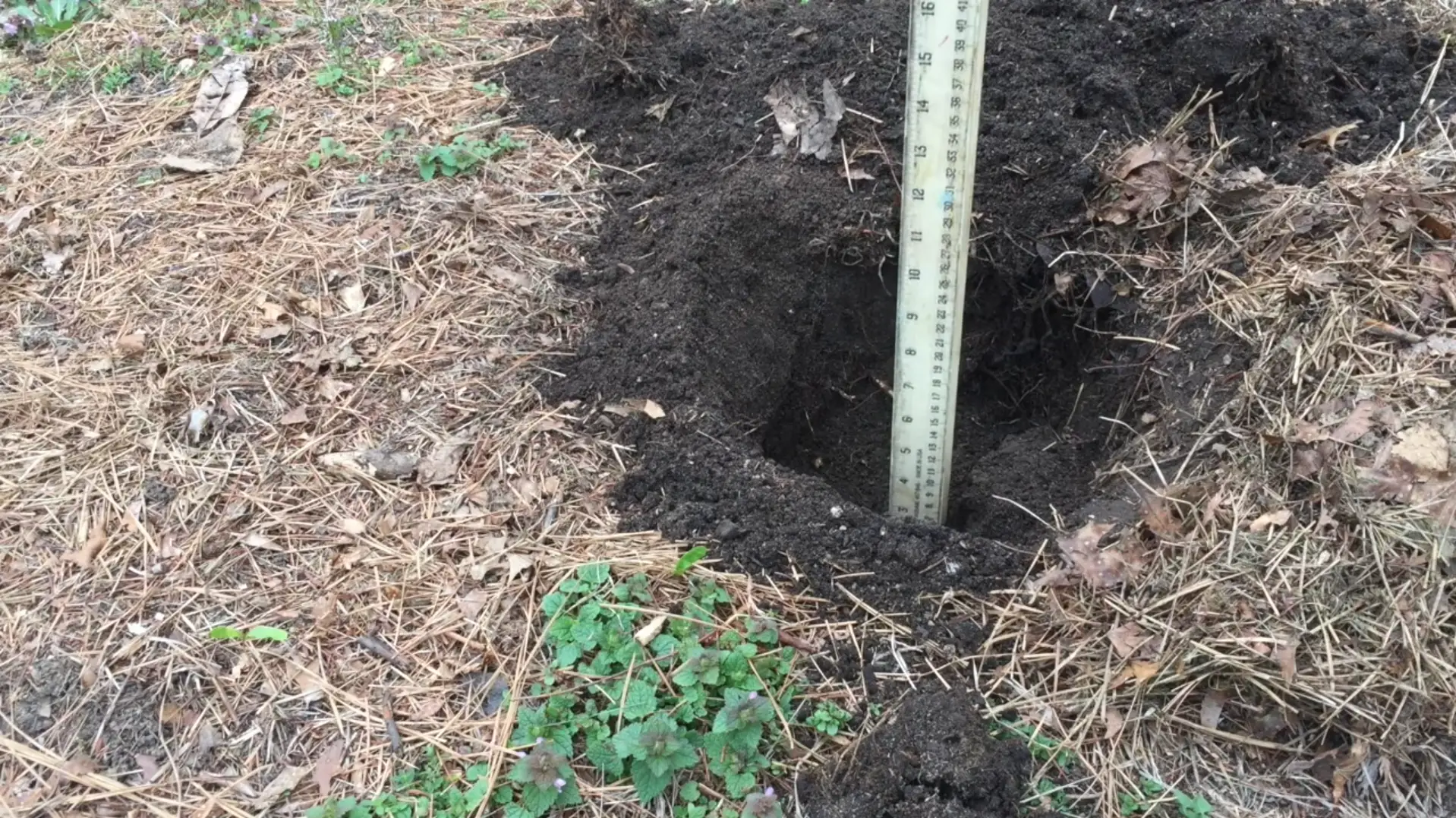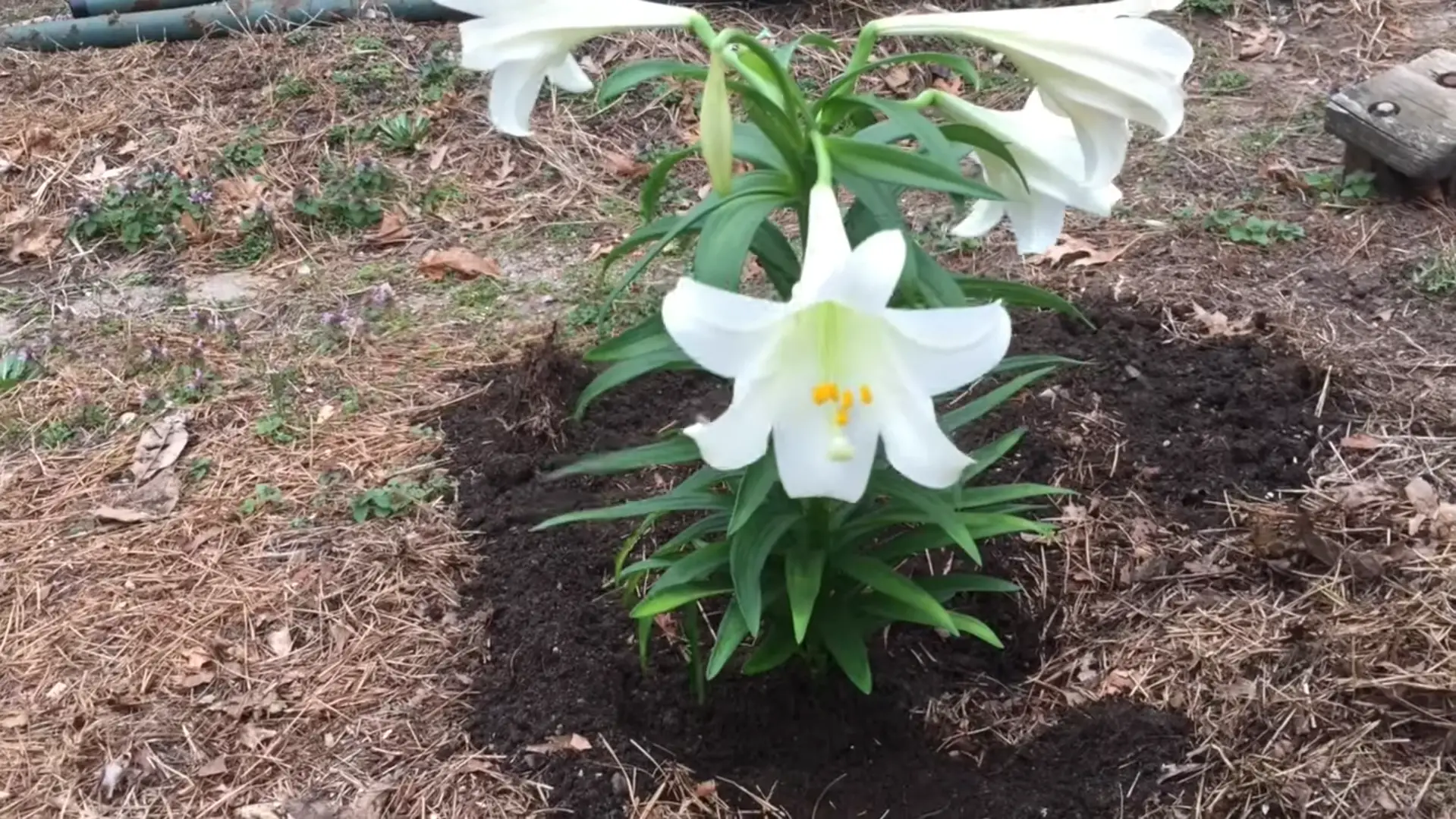Easter lilies are a beautiful and classic addition to any Easter celebration. If you’ve been lucky enough to receive an Easter lily as a gift, or have purchased one of your own, you may be wondering if it is possible to plant the lily outside after the holiday season is over. Planting outdoor plants can come with multiple benefits such as enhancing curb appeal and sprucing up bare yards in need of some extra life, so learning how to properly care for your Easter lily once it has seemingly had its day indoors could help turn this one-time decorative piece into something that will live long past the traditional celebrations. Read on to learn more about how planting an Easter lily outdoors could benefit both your garden and your family!
Easter Lilies
Easter lilies, known for their stunning white petals and sweet fragrance, are symbolic of purity, virtue, hope, and life—the spiritual essence of Easter. Not just a thoughtful gift or lovely decoration, these blooms possess the potential for renewed life outdoors.
The Easter lily, with its serene and delicate blooms, holds deep historical and religious significance. Its association with Easter arises from early Christian lore. According to the scriptures, these splendid flowers sprang up from the ground where drops of Christ’s sweat fell during his final hours.This poignant symbolism, representing resurrection and rebirth, has made the Easter lily a cherished part of Easter observances. [1] In a broader sense, the Easter lily is a symbol of purity and grace throughout the ages, revered in art, literature, and folklore for its striking beauty and enchanting aroma.

Characteristics & Types
Easter lily, scientifically known as Lilium longiflorum, is a type of true lily and a native to the Ryukyu Islands of southern Japan. [2] It’s a hardy plant suitable for USDA hardiness zones 4 through 8. These trumpet-shaped flowers typically grow between 2 to 3 feet tall, although they can reach heights of up to 6 feet in ideal conditions. Their elegant white petals typically bloom in late summer, far past the Easter period when they are traditionally enjoyed indoors.
Easter lilies prefer well-drained soil and a location with full to partial sun. With the right care, these plants can bloom again for future Easters. It’s important to note that while these lilies are beautiful and fragrant, they are toxic to cats. So, if you have feline members in your family, it’s best to keep this plant out of their reach.
Popularity of potted plants for outdoor decoration
Potted plants have gained immense popularity in garden and patio design due to their flexibility and aesthetic appeal. From small succulents to large flowering shrubs, potted plants can transform any outdoor space into a vibrant, living canvas.
The growing trend of container gardening allows garden enthusiasts of all levels to experience the joy of nature, even in urban environments with limited space. But it’s not just the practicality that’s driving the popularity of potted plants; it’s also about style. Pots and planters themselves come in an array of materials, colors, and designs, offering a wealth of creative possibilities.
Lastly, potted plants can be moved indoors during harsh weather conditions, allowing you to protect your green friends from frost or excessive heat. This advantage makes them an excellent choice for those looking to enjoy their plants year-round. Indeed, the popularity of potted plants for outdoor decoration is well-deserved, and they seem set to remain a beloved feature of gardens and patios for years to come.
Considerations Before Planting Easter Lilies Outside
Before planting your Easter lily outdoors, there are several considerations to bear in mind to ensure a successful transition from indoor ornamental to garden beauty.
Firstly, it’s crucial to pick the right location. Easter lilies thrive in a spot where they can get full sun for at least part of the day. However, try to provide some protection from the hottest midday sun, as this can scorch the leaves and flowers.
The soil is another essential factor. Easter lilies prefer rich, well-drained soil. Enhancing soil quality can be achieved by incorporating organic matter like compost or peat moss. Also, ensure the soil pH falls between 6.5 and 7.0, which is the range these lilies prefer.
Do not forget to consider spacing. When planting multiple lilies, leave about 12 to 18 inches between each plant. This will give them enough room to grow without competing for resources.
Lastly, remember the importance of proper watering. Easter lilies like to be kept moist but not waterlogged. Overwatering can lead to bulb rot, which could kill the plant. Therefore, deep watering is preferable to frequent shallow watering.
It’s important to note that Easter lilies are toxic to pets. They contain the toxin lycorine, which can cause oral irritation, vomiting, and diarrhea if ingested. [3] Therefore, if you have feline members in your family, it’s best to keep this plant out of their reach or choose a cat-safe alternative such as the peace lily or Christmas cactus. Additionally, while not toxic, all parts of the Easter lily are considered to be a skin irritant, so it’s best to wear gloves when handling this plant.
By keeping these considerations in mind, you can help your Easter lily thrive in its new outdoor home, allowing you to appreciate its beauty for many Easters to come.
Steps to Successfully Plant Easter Lilies Outside
The transformation of your indoor Easter lily into a thriving outdoor plant is a gratifying process. It not only enhances your garden’s aesthetic appeal but also symbolizes the continuous cycle of life and resurrection. This section provides a comprehensive guide on the proper steps to successfully plant your Easter lily outdoors, ensuring its thriving in its new surroundings.
Timing
The first step in transitioning your Easter lily from indoors to outdoors involves choosing the correct time. Timing is crucial to ensure the lily adapts well to its new environment and continues to thrive. After the blooming period, when the lily starts to enter dormancy, is the ideal time to move it outdoors. You should also wait until the risk of frost has passed, as freezing temperatures can damage the delicate bulbs. In most regions, the best timing for planting Easter lilies outdoors is late spring or early summer, when the weather has become reliably warm. By choosing the right time, you can give your Easter lily a strong start in its new outdoor home.
Site Selection
Choosing the right location for your Easter lily is vital for its healthy growth. Lilies thrive in sunny spots, but the midday sun can be harsh, so a place with morning sunlight and afternoon shade would be ideal. To prevent waterlogging and potential bulb rot, it is important for the site to have effective drainage. To improve the structure and drainage of your garden soil, consider adding organic matter or choosing to plant the lily in a raised bed if your soil has a high concentration of heavy clay. Furthermore, choose a spot where the lily will be protected from strong winds, which can damage its tall, delicate stems. Lastly, make sure the site has plenty of room for the lily to grow – plants should have a gap of at least 12 to 18 inches between them. By carefully selecting the right site, you can provide a supportive environment for your Easter lily to thrive outdoors.
Soil Preparation
Proper soil preparation is pivotal to the successful establishment of your Easter lily outdoors. Easter lilies prefer well-drained, rich soil with a pH of 6.5 to 7.0. To achieve this, you may need to amend your garden soil. Start by testing the soil pH to ascertain if it falls within the preferred range. If not, you can adjust the pH by adding lime to raise it or sulfur to lower it.
Next, if your soil is heavy clay or sandy, you may need to improve its texture and fertility. Enhance the soil structure and fertility by adding ample amounts of natural materials like compost, well-rotted manure, or peat moss. This will improve its ability to retain nutrients and moisture.
By investing the time to properly prepare the soil, you can create a nurturing environment that will support the growth and flowering of your Easter lily for many seasons to come.

Planting Depth
This is a critical factor in its ability to grow and flourish outdoors. Lilies need to be planted at a depth of about 3 times the height of the bulb, which for most Easter lilies means between 6 and 8 inches deep. This depth ensures that the bulb is adequately protected from temperature fluctuations and has enough soil above it to anchor the plant as it grows.
Additionally, it is important to position the bulb in the hole with the pointed end facing upwards, as this aligns with the desired growth direction of the lily. After placing the bulb in the hole, backfill the soil gently, taking care not to damage the bulb or compact the soil too heavily. Once the bulb is planted, ensure the soil settles around the plant by watering it sufficiently. Planting at the proper depth is a crucial step that can significantly influence the growth and blooming of your Easter lily in its new outdoor home.
Watering and Mulching
Proper watering and mulching techniques are essential for the successful growth of your Easter lily outdoors. The lily should be watered deeply and thoroughly immediately after planting to settle the soil and facilitate root establishment. Subsequent watering should be deep but infrequent, aiming to keep the soil moist but not waterlogged. A good rule of thumb is to water when the top inch of soil feels dry to the touch. Overwatering can lead to bulb rot, a common problem that can be detrimental to the lily’s health.
Mulching plays a vital role in maintaining soil moisture, controlling weeds, and moderating soil temperature. After planting and watering, apply a 2- to 3-inch layer of organic mulch around the lily but not directly touching the stem. Suitable mulch materials include shredded leaves, straw, or wood chips. Mulching helps to conserve water, reduce weed competition, and provide a stable environment for the lily’s growth.
Remember to monitor the plant’s condition regularly. If the leaves turn yellow or the plant shows signs of wilting, adjust your watering schedule accordingly. Also, check the mulch level from time to time and add more as needed. By following these watering and mulching guidelines, you can create a conducive environment for your Easter lily to thrive and bloom beautifully in its new outdoor home.
Caring for Outdoor Easter Lilies
Just like any other plant, Easter lilies require regular care and maintenance to ensure their healthy growth and beautiful blooms. Start by removing any faded flowers or leaves to maintain the plant’s aesthetic appeal and prevent the development of diseases. This process, known as deadheading, also encourages the plant to focus its energy on producing more flowers rather than seeds.
Easter lilies also benefit from regular feeding. It is recommended to use a balanced, slow-release fertilizer for optimal results. Follow the manufacturer’s instructions for application rates and timing to ensure the proper nourishment of your plants. However, it is important to exercise caution and avoid over-fertilization, as this can result in excessive leafy growth, potentially affecting the flower production.
Lastly, keeping your Easter lily in good health involves monitoring its environment. If the plant seems to be struggling, examine its location, watering routine, and soil conditions. It may need more or less sun, water, or nutrients, or it might be in need of division if it has grown too large for its site.
Following these suggestions for caring and maintaining Easter lily, you can ensure its flourishing growth and vibrant blossoms for countless seasons to come.
Decorative Ideas for Home and Garden
Easter lilies can be a magnificent addition to your home and garden decor. Their pristine white blooms and elegant form lend a touch of sophistication and tranquility to any setting. In your garden, consider grouping several Easter lilies together for a stunning visual impact. They pair beautifully with other spring-blooming plants like tulips and daffodils, creating a vibrant and colorful display. You could also plant them along a garden path or around a patio for a delightful surprise of blossoms in the spring.
Moreover, Easter lilies make excellent gifts. Their symbolism of hope and renewal makes them particularly fitting for spring celebrations and sentiments of well-wishing. Present a potted Easter lily wrapped in a decorative foil or a bouquet of freshly-cut Easter lily blooms to express your heartfelt sentiments and to share the joy of springtime.
In conclusion, whether in your garden or in your home, Easter lilies offer numerous possibilities for aesthetic expression. With a bit of creativity, you can incorporate these beautiful flowers into your decor to celebrate the season and enhance your living spaces.
Frequently Asked Questions
Do Easter lilies come back each year?
Yes, with proper care and the right conditions, Easter lilies can return and bloom again each year. Despite being associated with the Easter season, these lilies are actually perennial bulbs that can survive for many years. After the lilies have finished blooming, the top portion of the plant can be cut back, but the foliage should be allowed to remain intact. It will continue to gather sunlight and strengthen the bulb for the next year. With proper maintenance, including watering when needed and feeding with a balanced fertilizer, your Easter lilies can provide beautiful blooms for many springs to come.
How long do Easter lilies last outdoors?
The lifespan of Easter lilies outdoors can vary depending on the care they receive and the conditions in which they’re grown. Generally, the blooms of Easter lilies last for a few weeks in the spring. After blooming, the plant continues to live, with its foliage gradually turning yellow and dying back as it enters a dormant period. Provided the bulb is healthy and the plant is properly cared for, a new shoot will emerge the following spring, leading to a new cycle of growth and blooming. Regular watering, feeding, and mulching can help ensure the health and longevity of your Easter lilies.
Can Easter lilies be planted in full sun?
Easter lilies prefer locations with bright, indirect light. They can tolerate full sun, but too much direct sunlight can cause the flowers to fade and can scorch the leaves. Therefore, the ideal location for planting Easter lilies would be a site that gets morning sun and afternoon shade, or a spot that receives dappled sunlight throughout the day. Remember to also ensure well-drained soil, as Easter lilies do not tolerate waterlogged conditions. With the right balance of light and other care factors, your Easter lilies can thrive and bloom beautifully each spring.
Where do Easter lilies grow best?
Easter lilies grow best in well-drained soil and in a location that receives bright, indirect sunlight. They thrive in moderately acidic to neutral pH soils, enriched with organic matter. Exact growth conditions can vary depending on the local climate; however, in general, they prefer cooler, coastal climates. The plants are often grown in U.S. Department of Agriculture plant hardiness zones 4 to 8. Regular feeding and watering, in addition to timely pest control, will ensure healthy growth and abundant blooms. It’s also vital to remember that Easter lilies do not tolerate waterlogged conditions, so avoid overwatering and make sure your planting location has good drainage.
Useful Video: What to do with Easter Lilies after Easter
Conclusion
All in all, Easter Lilies are a beautiful flower to have for your outdoor decor. Planting it outside is difficult due to its delicate needs but can be done with some careful preparation and maintenance. This Easter, add these lovely flowers to your garden and invite the spring season into your home. If indoor gardening isn’t for you or if you’re feeling more creative, potted plants are definitely the way to go! Of course, this route requires a bit of planning ahead – finding the right potting soil, choosing meaningful decorations and light positioning come to mind – but it can be done even on a budget. Don’t forget that caring for these combs of blooms extends beyond the end of their blooming cycle; sure they look lovely while in bloom but what about after? The best way to ensure their continuous presence is manual pruning and fertilization after flowering has ended which will help in enabling its re-blooming next year!
References:
- https://www.southernliving.com/holidays-occasions/easter/easter-lily-meaning
- http://www.nanticokegreenhouses.com/lily.htm
- https://www.aspca.org/news/which-lilies-are-toxic-pets















Leave a Reply
View Comments